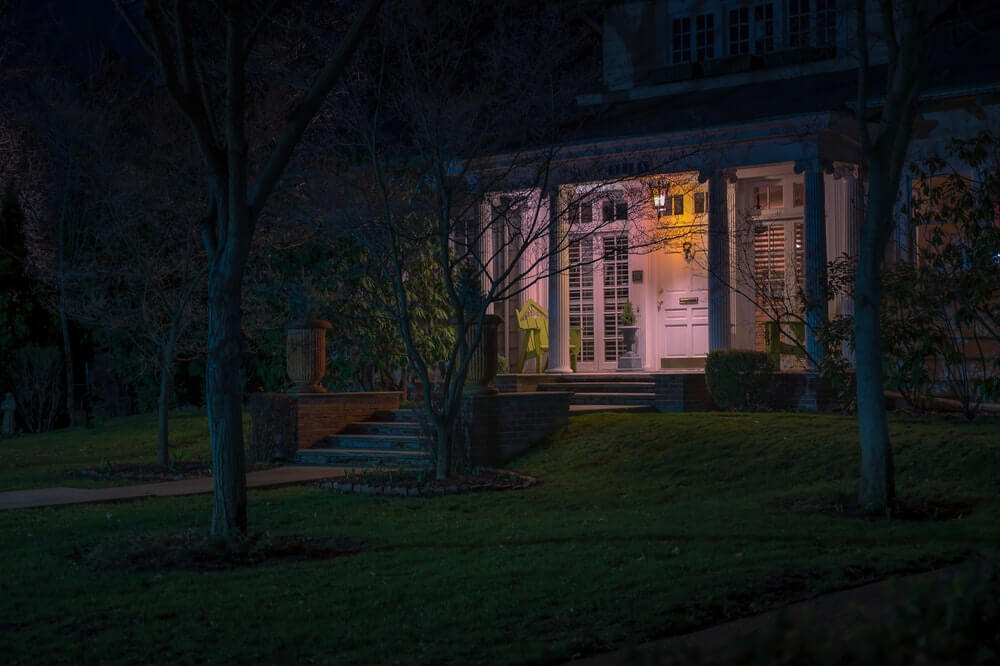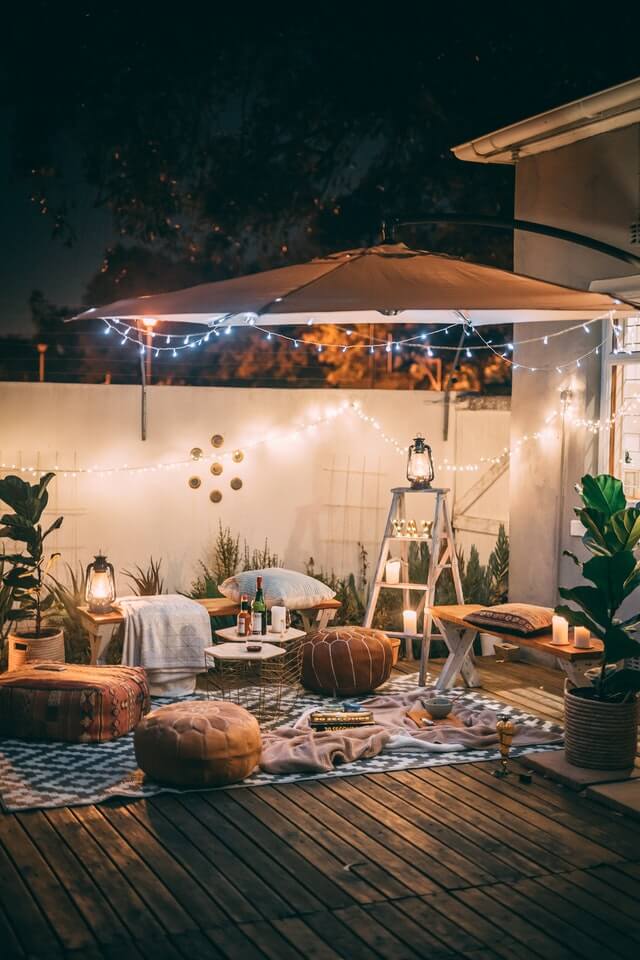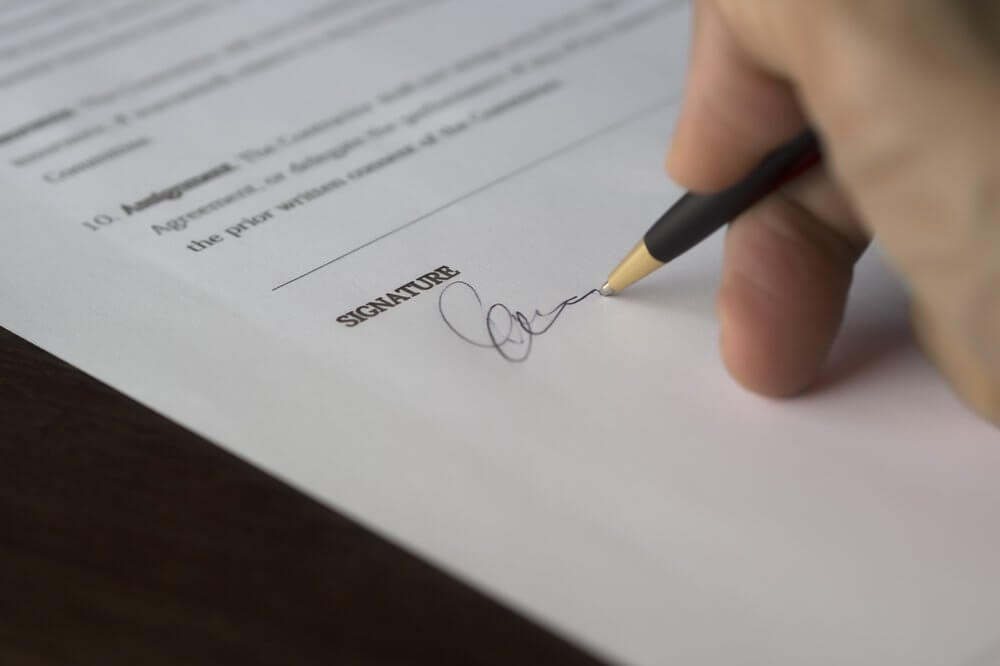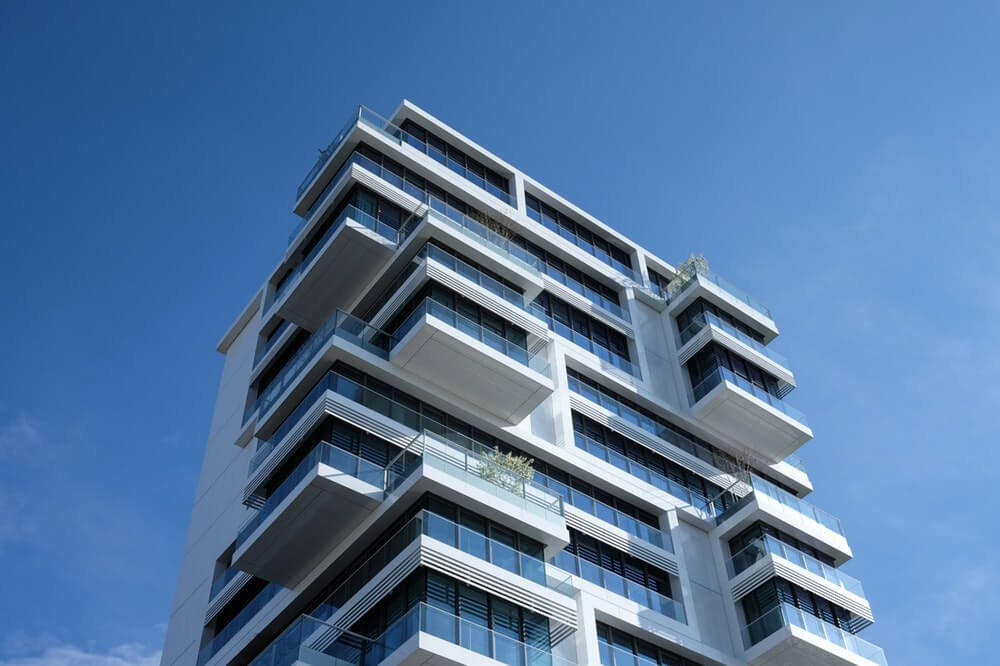 You know that if we’re doing more than one post on a topic, it’s something that we care about. Unfortunately, that’s an increasingly broad range of topics. As soon as the Restumping Melbourne team learned that our work plays such an important role in the puzzle of your home, we scampered in all sorts of different directions, learning as much as we possibly could.
You know that if we’re doing more than one post on a topic, it’s something that we care about. Unfortunately, that’s an increasingly broad range of topics. As soon as the Restumping Melbourne team learned that our work plays such an important role in the puzzle of your home, we scampered in all sorts of different directions, learning as much as we possibly could.
We treat learning in a variety of different ways, but the first word that comes to mind is ‘comprehensive’. That’s why, many a time, we need to give topics at least a couple of posts on the Restumping Melbourne blog, so that you know that we’re so much more than underpinning, restumping and reblocking services. Recently, we talked about the fun and excitement of adding lights to the exterior of your home. Quick debrief – these are not just relevant during the holiday season (although we’re guessing that they’ll be even more fun and exciting this year), instead, they can be put up all year around. We covered off probably the most fun of the steps, the whole “brainstorming and planning” step. Now it’s on to the logistics:
Safety should always be a priority. Make sure that any extension cords you’re using are for outdoor use as well as indoor use – that could be a weather emergency before you realize it. All packaging should explain this. This is also why we recommended the gloves mentioned in the previous post.
Make sure that all of your purchases work. Hey, if those lights don’t turn on during a test inside or outside, they’re going straight back to the store and there are no issues there. Don’t try and pretend that it will be okay, lights that don’t work will just annoy you more over time. In the same vein, if you’ve bought multiple packages of lights, especially those that are supposed to look the same colour, give them a test by holding them side by side. Same thing goes for accessories like light clips. Some use things like clothespins or staples, but we recommend that this is an area in which you invest. Believe us, you’ll use them for other home renovation projects as well.
There are LED lights (which can hue one way) and incandescent light bulbs (which hue a totally different way). Have some fun as you organize which lights, you’d like to use on different parts of your home. Our biggest recommendation is that you keep like-typed lights together for a cohesive look. There are also different places on your home where styles of lights will look best – like icicle lights on your roof. But, insider knowledge… LED lights WILL save you money on your energy bills every month as they’re much better for the environment.
Once all of the work is complete, you’ll just want to ensure that it stays that way. That means choosing a timer or timing feature, so that you’re not hopping out of bed at hours far too early or late, wondering if your lights are still dazzling the street.

 There’s something so magical about driving down the street and seeing a particular house well lit up. You can tell that someone put a lot of thought and effort into their property if they’re investing that much time and creativity. Because setting up lights outside a house is hard! And the
There’s something so magical about driving down the street and seeing a particular house well lit up. You can tell that someone put a lot of thought and effort into their property if they’re investing that much time and creativity. Because setting up lights outside a house is hard! And the  Homes are, at their most basic definition, an investment if you own them. Everyone goes into investing in different ways, and none of the methods are wrong per se. Everyone has different priorities, different challenges, different timelines and different budgets. So, while some of our
Homes are, at their most basic definition, an investment if you own them. Everyone goes into investing in different ways, and none of the methods are wrong per se. Everyone has different priorities, different challenges, different timelines and different budgets. So, while some of our  Here at
Here at